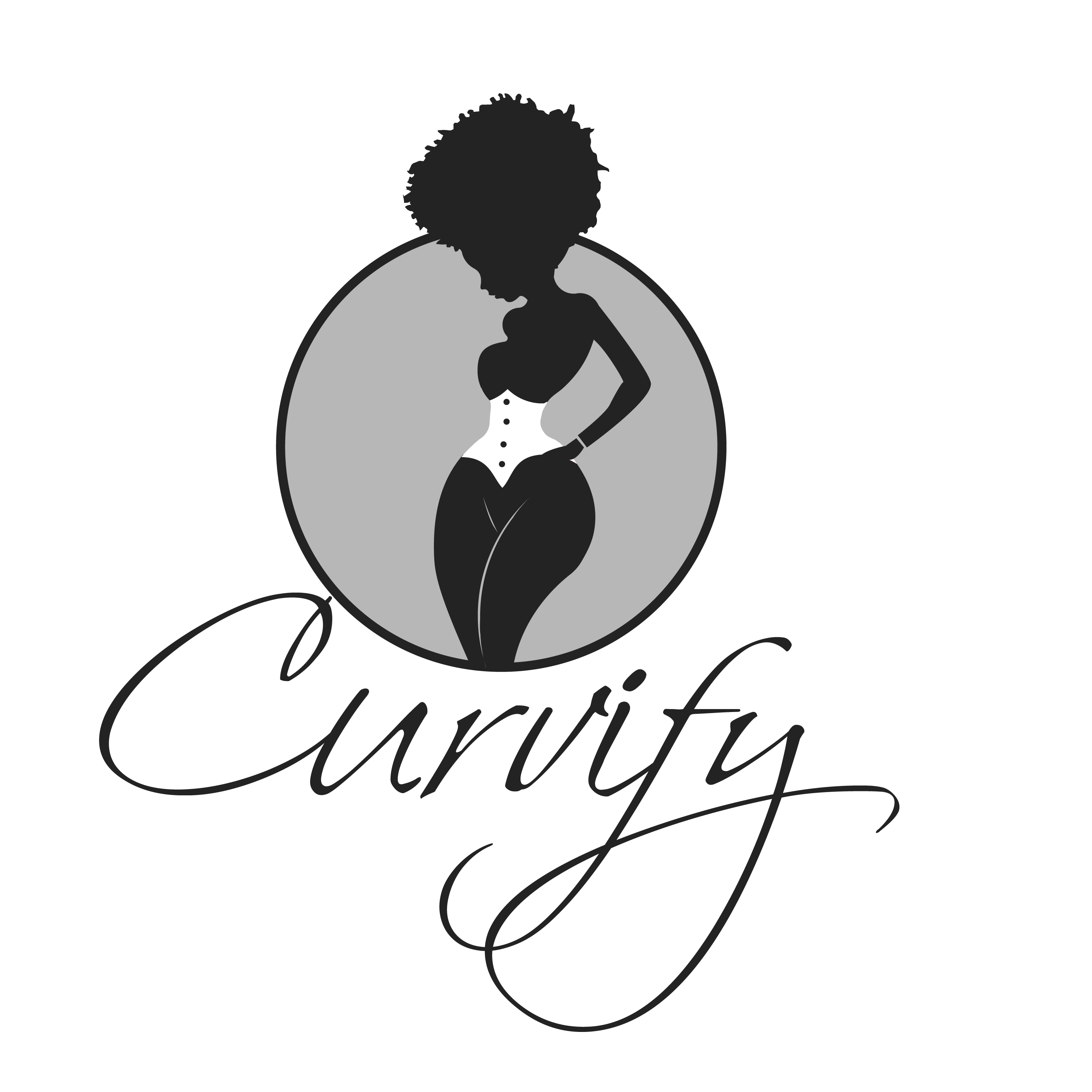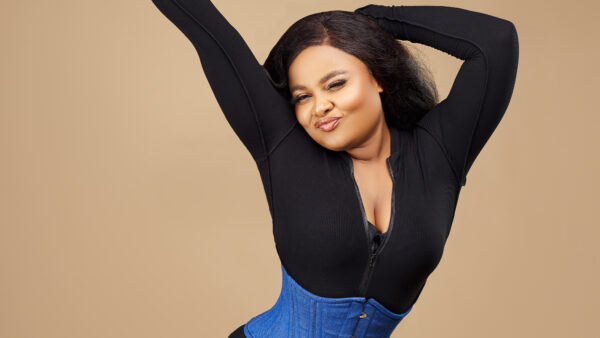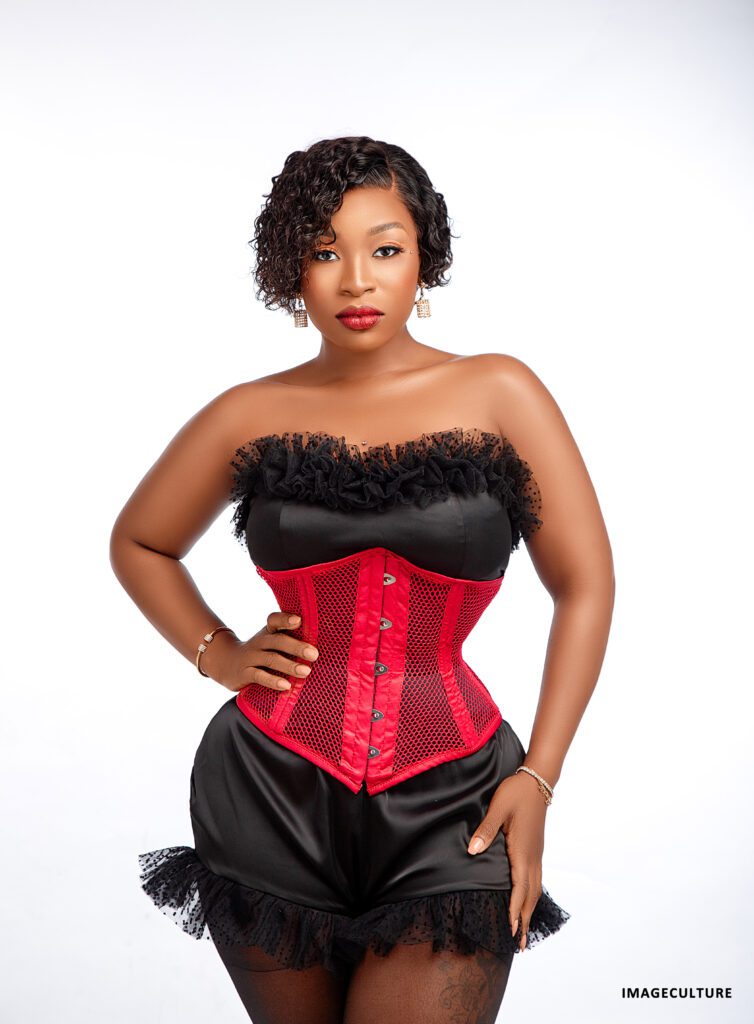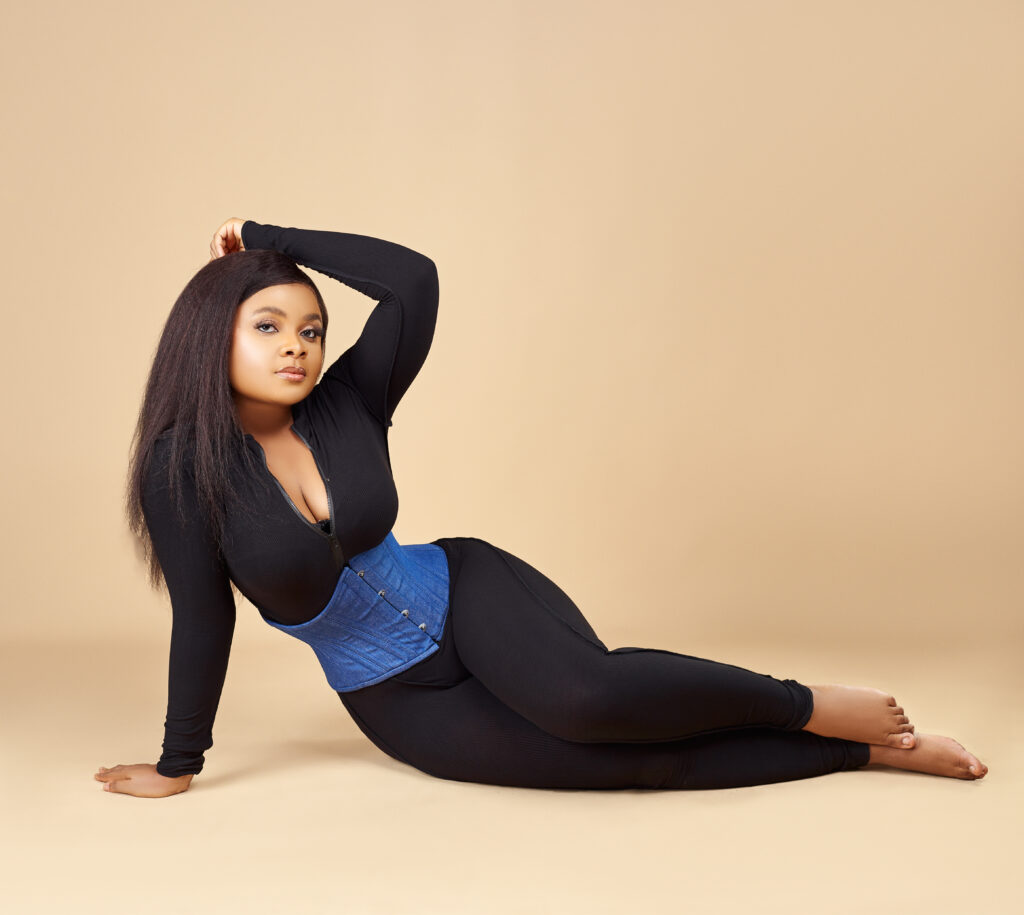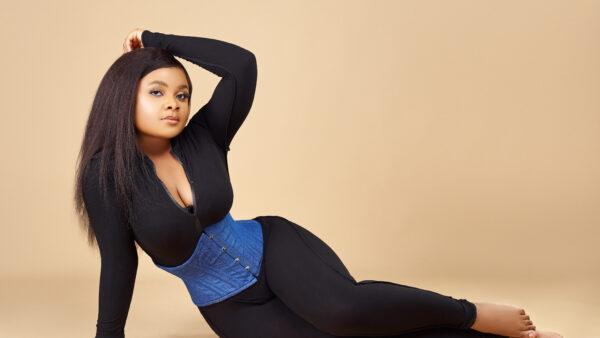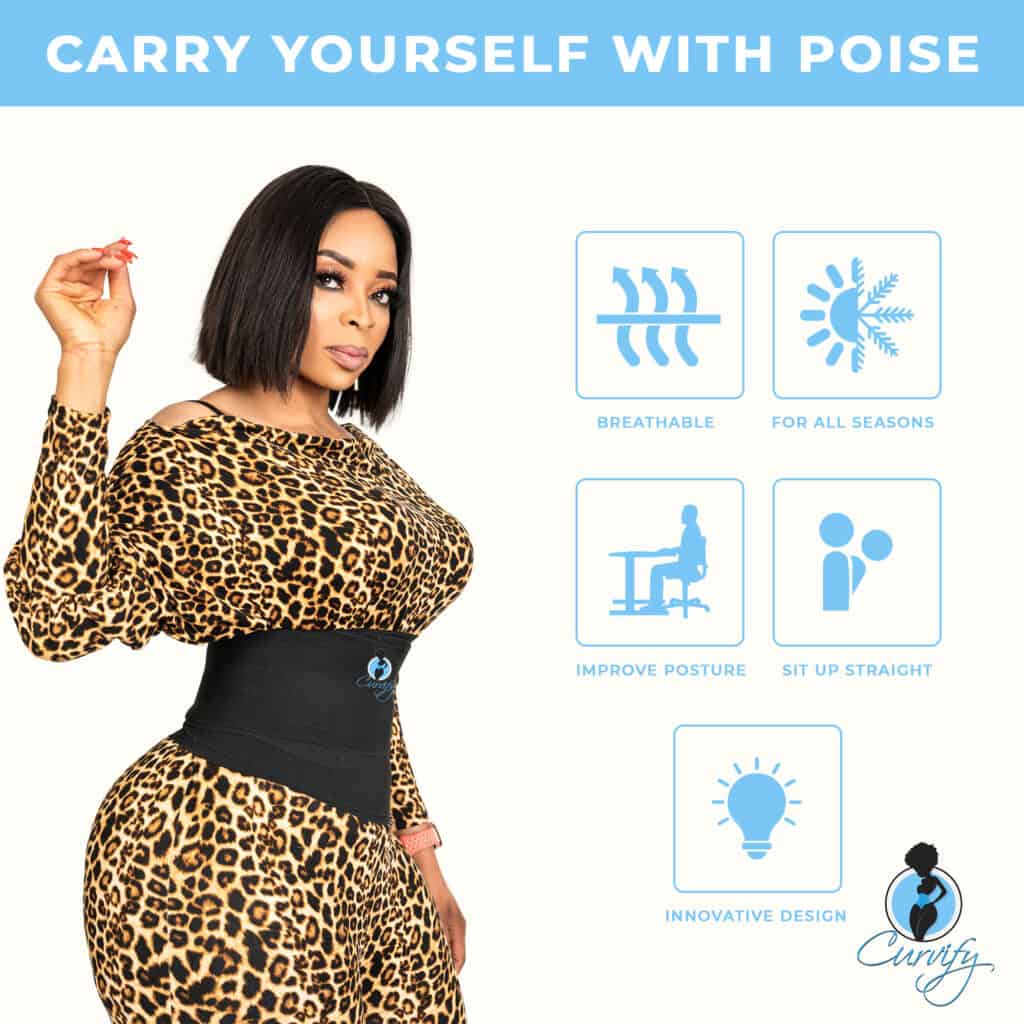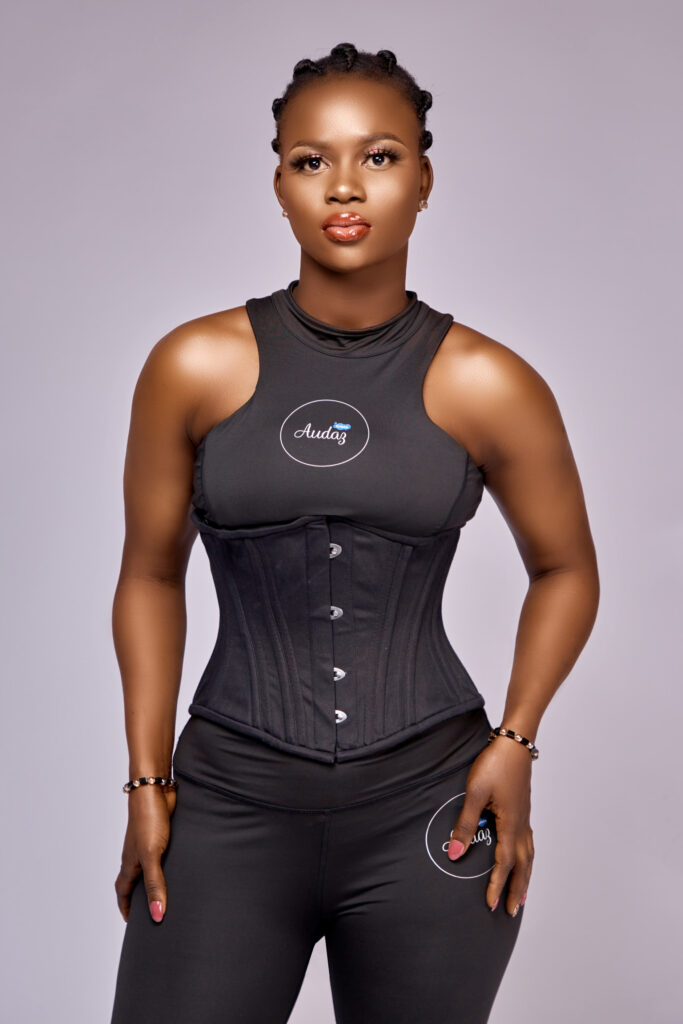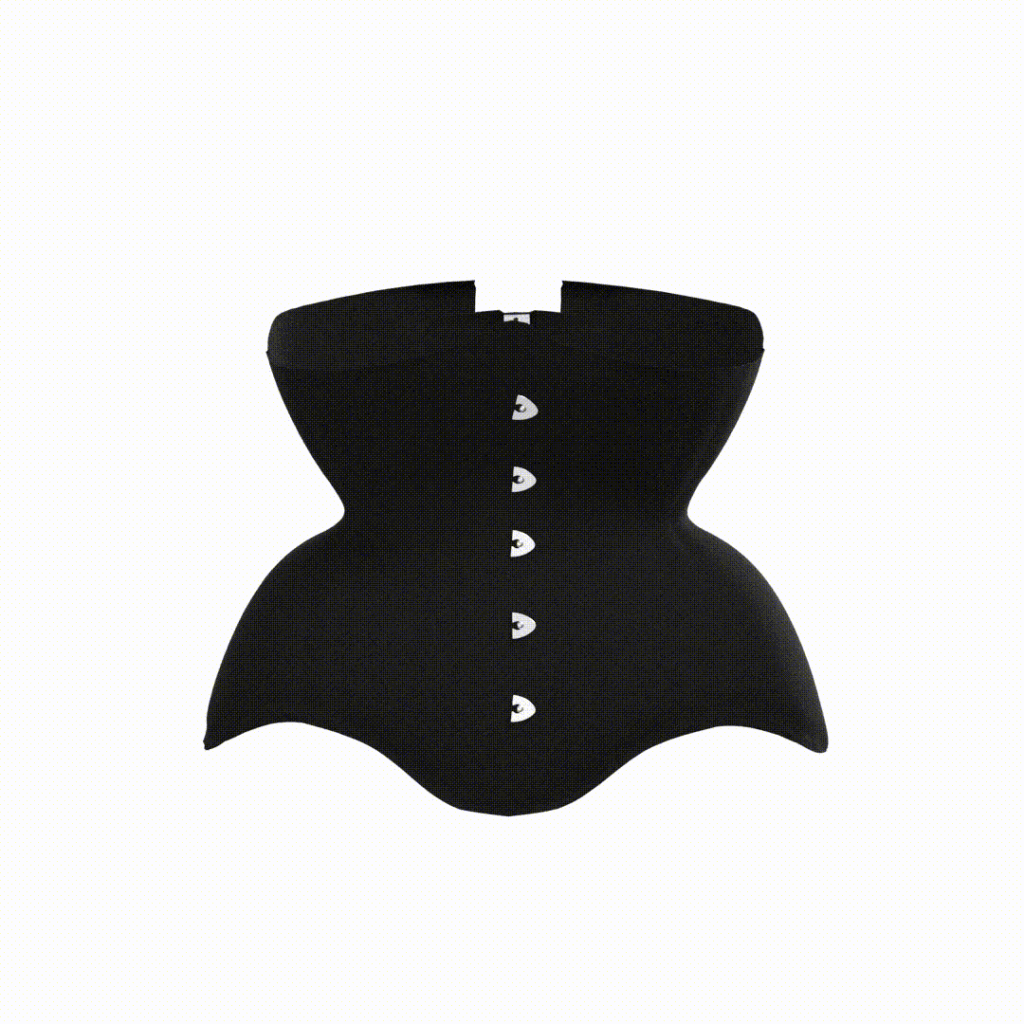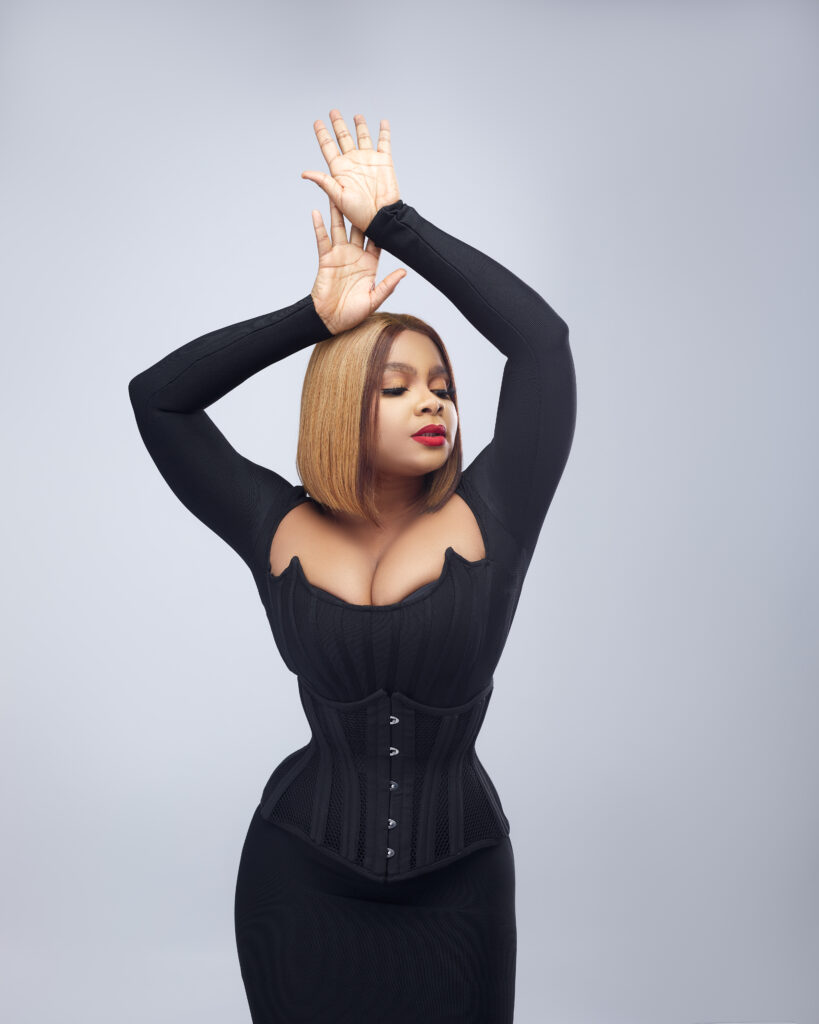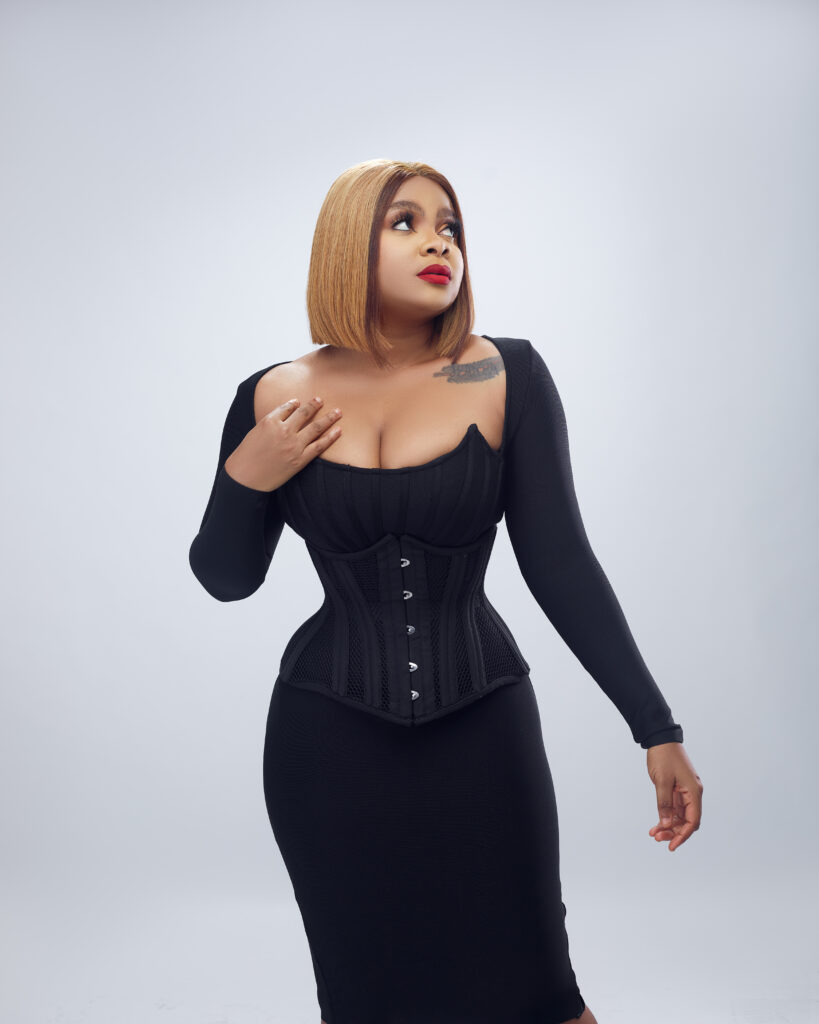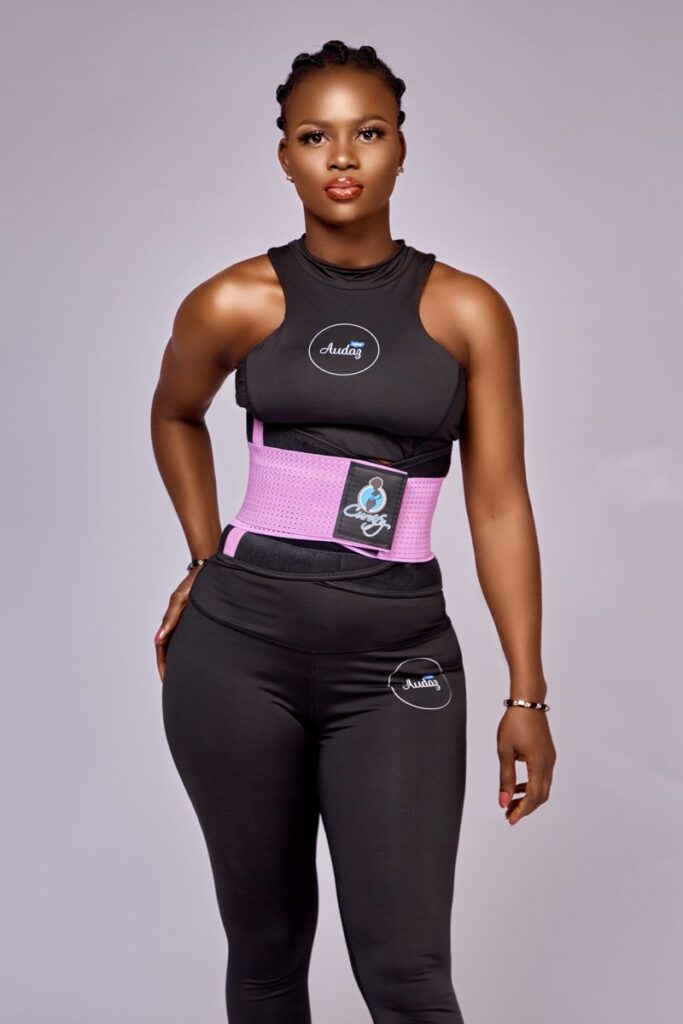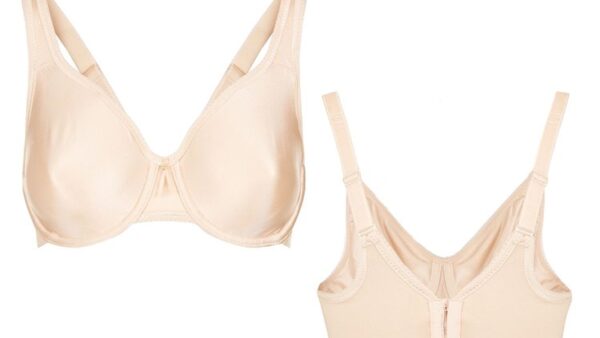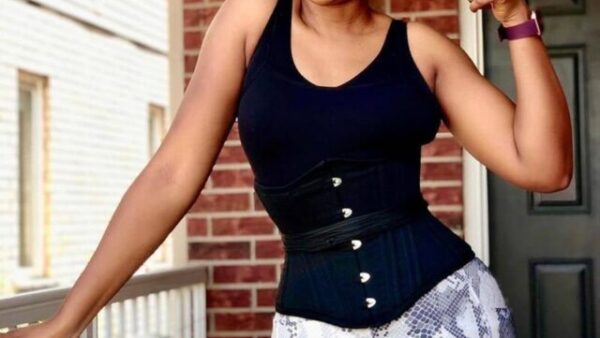The Ultimate Waist Trainer Guide: Achieving Your Desired Shape
Waist trainers have gained immense popularity in recent years as a tool for achieving an hourglass figure. These garments are designed to compress the waistline, providing a slimming effect and accentuating the curves. However, to achieve the desired results safely and effectively, it’s essential to understand what waist trainers are, how to use them correctly, and when they should not be worn.
In this comprehensive waist trainer guide, we will explore everything you need to know about waist trainers, waist training, guidelines, wearing them during workouts, and much more.

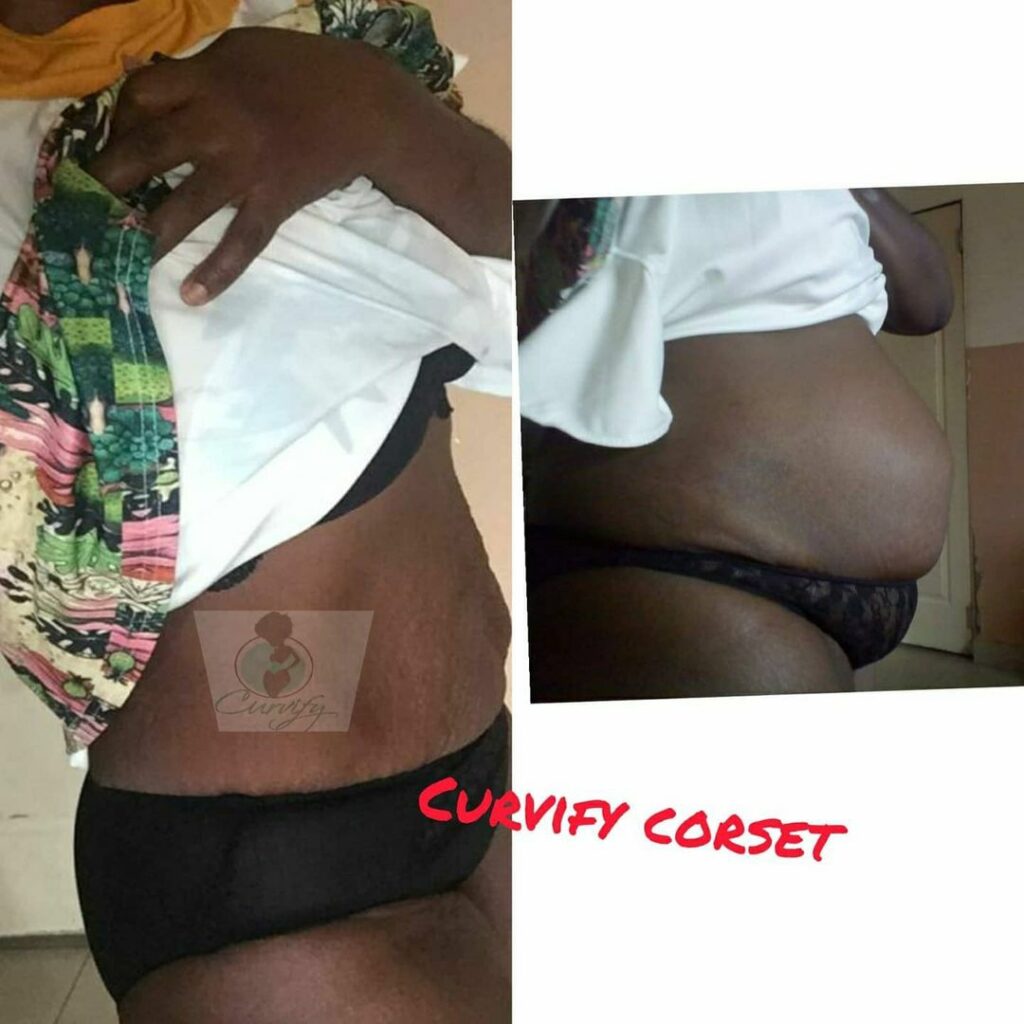
What is a Waist Trainer?
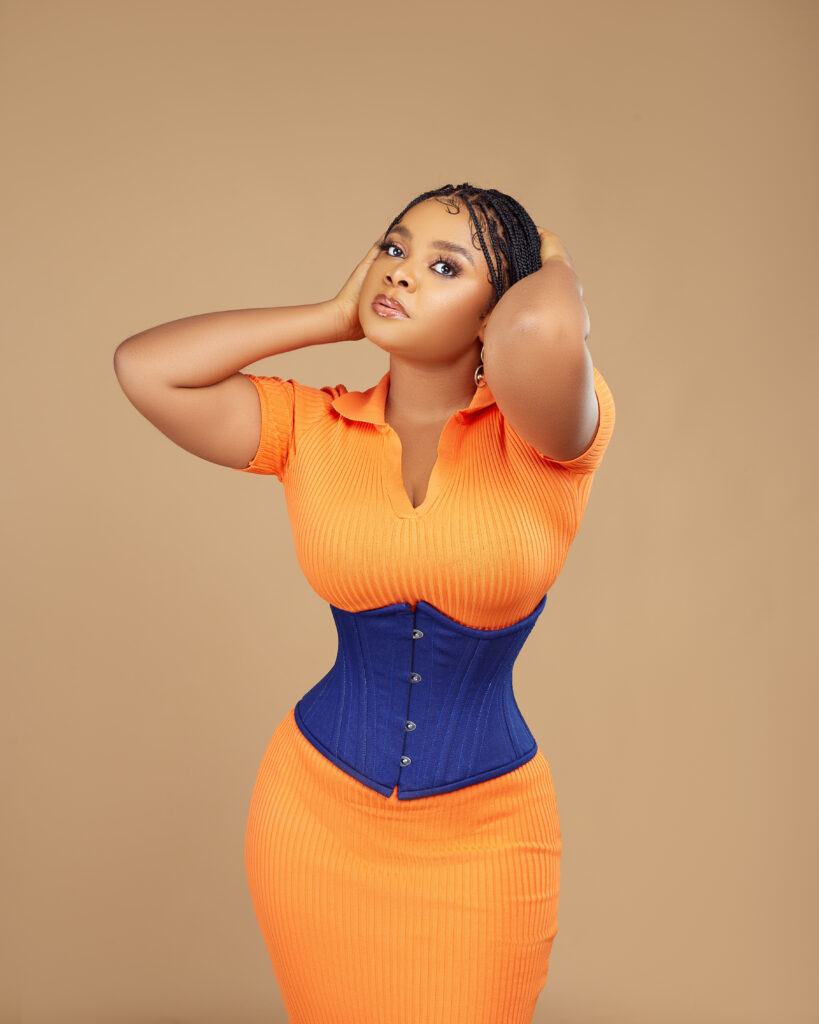
A waist trainer is a high-compression garment made of materials like latex, neoprene, or spandex. It is designed to be worn tightly around the waist and abdomen to reduce the waistline and create a slimmer appearance. By applying pressure to the midsection, waist trainers aim to reshape the body’s silhouette over time.
What is Waist Training?
Waist training involves using a waist trainer regularly over an extended period to gradually reduce the waistline and achieve a more defined hourglass shape. It is a process that requires dedication and consistency. Waist training can help to provide temporary waistline reduction and posture support when used correctly and combined with a healthy lifestyle.
Waist Training vs. Waist Trainer
Waist training refers to the process of using a waist trainer consistently to reshape the waistline, while a waist trainer is the actual garment used for waist training. Waist training is a commitment to a long-term journey, while a waist trainer is a tool that helps you achieve your goals.
Guidelines for Waist Training
Here are 5 guidelines for waist training:
- Start slowly: Begin by wearing your waist trainer for shorter durations, allowing your body to adapt gradually.
- Choose the right size: Ensure you select the correct waist trainer size that fits snugly but doesn’t restrict breathing or cause discomfort.
- Maintain good posture: Waist trainers can help improve posture, so focus on standing and sitting with a straight back while wearing one.
- Hydration and nutrition: Stay properly hydrated and follow a balanced diet to support your overall health and waist training journey.
- Listen to your body: If you experience any pain, difficulty breathing, or discomfort, remove the waist trainer immediately.
How to Wear the Waist Trainer
Here is how you can wear the waist trainer conveniently
- Begin by putting on a thin layer of clothing underneath the waist trainer to prevent direct contact with your skin.
- Wrap the waist trainer around your midsection, ensuring the hooks or closures are at the front.
- Start fastening from the bottom and work your way up, ensuring a snug fit without compromising comfort.
- Adjust the tightness according to your comfort level, making sure it provides adequate support and compression.
- Gradually increase the wearing time as your body adjusts to the waist trainer.
Where to Wear the Waist Trainer
Waist trainers can be worn in various settings, including daily activities, special occasions, and during postpartum recovery. They can enhance your appearance, provide support, and aid in abdominal muscle recovery.
How Long Should You Wear the Waist Trainer For?
The duration of waist trainer wear depends on individual comfort and goals. Initially, start with wearing the waist trainer for 2-4 hours a day and gradually increase the time as your body adjusts. It’s essential to listen to your body and avoid wearing a waist trainer for excessive periods to prevent discomfort, breathing difficulties, or other health issues.
How to Use a Waist Trainer While Working Out
These are 5 steps on how to use a waist trainer while working out:
- Choose a waist trainer specifically designed for workouts, offering flexibility and breathability.
- Warm up before wearing your waist trainer to allow your muscles to prepare for exercise.
- Start with low-impact exercises and gradually increase intensity.
- Maintain proper form and posture throughout your workout routine.
- Stay hydrated and take breaks as needed.
Do You Wear a Waist Trainer Under or Over Your Clothes When Working Out?
It is generally recommended to wear a waist trainer over your clothes during workouts. This helps prevent direct contact with the skin, absorbs sweat, and keeps the waist trainer clean. Wearing it over your clothes also allows for easier adjustment and provides a layer of protection for your skin.
Can You Eat While Wearing Your Waist Trainer?
It is not recommended to eat large meals while wearing a waist trainer, as it can restrict your stomach’s expansion and lead to discomfort or digestive issues. However, you can have small, balanced snacks if needed. It’s best to remove the waist trainer before consuming a substantial meal to ensure proper digestion.
Can You Exercise in Your Waist Trainer?
Exercising while wearing a waist trainer is possible and is a popular practice among some individuals. However, it’s crucial to choose a waist trainer specifically designed for workouts, ensuring flexibility, breathability, and unrestricted movement. Always listen to your body, avoid overexertion, and remove the waist trainer if you experience any pain, discomfort, or breathing difficulties.
When You Shouldn’t Wear a Waist Trainer?
There are situations when wearing a waist trainer is not advised, such as while sleeping, during high-intensity workouts, during pregnancy, and for individuals with certain medical conditions. Consulting a healthcare professional is recommended in such cases.
Conclusion
Waist trainers can be a valuable tool in your journey towards achieving a more defined waistline and enhancing your natural curves. However, it’s crucial to follow the guidelines, use them correctly, and prioritize your comfort and well-being. Remember that waist trainers are not magical solutions but can complement a healthy lifestyle and exercise routine.
By combining consistency, patience, and a realistic approach, you can make the most of waist training and enjoy the journey toward your desired shape.

